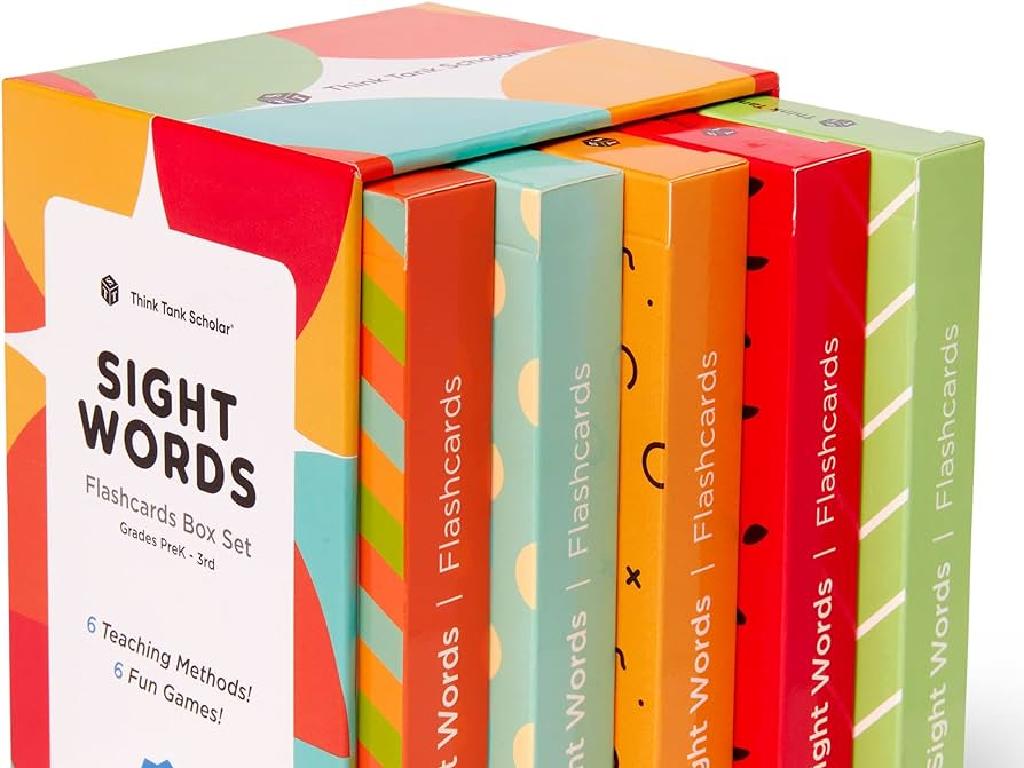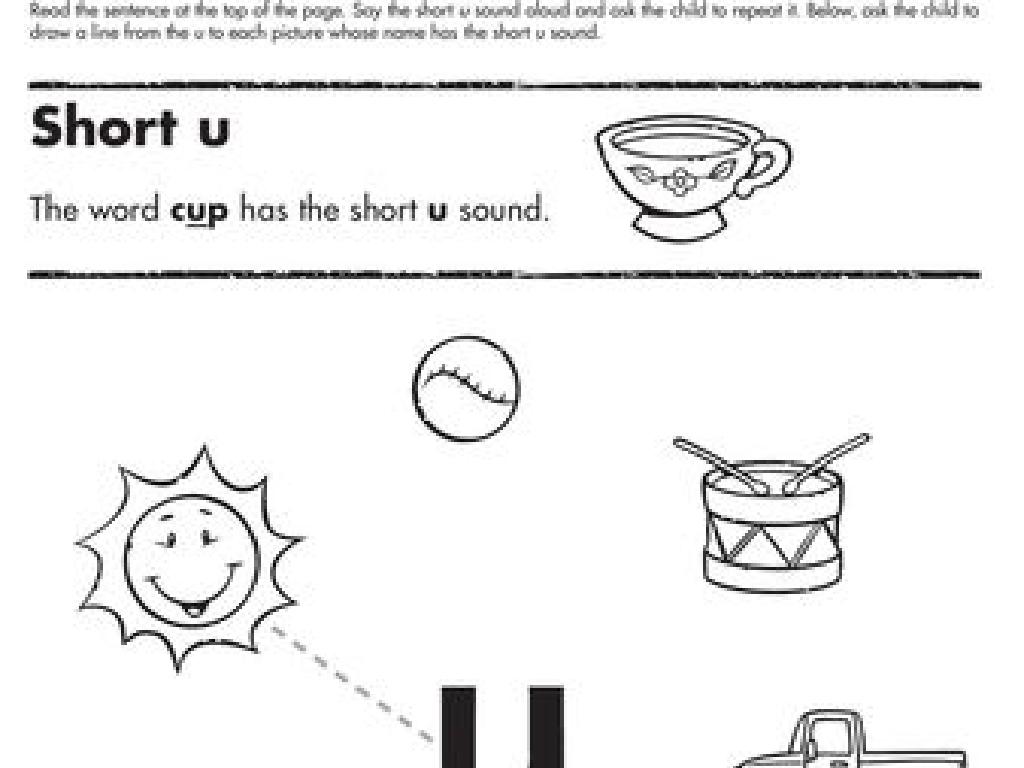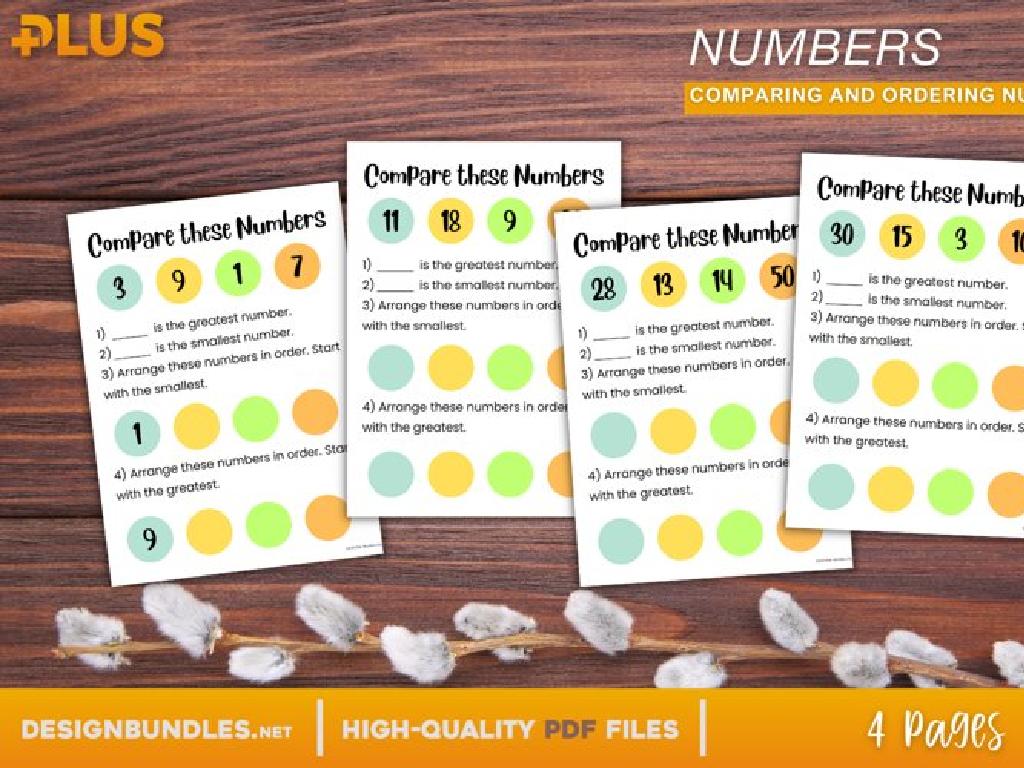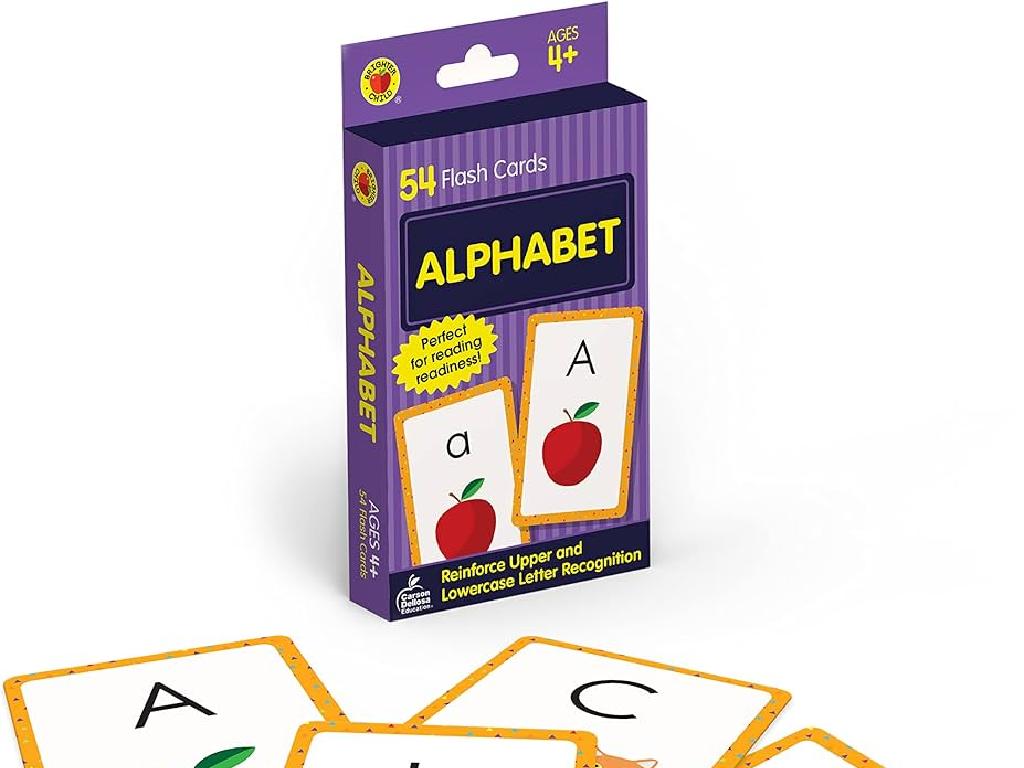Subtraction Sentences Up To 10 - What Does The Model Show?
Subject: Math
Grade: Kindergarten
Topic: Understand Subtraction Up To 10
Please LOG IN to download the presentation. Access is available to registered users only.
View More Content
Welcome to Subtraction!
– Subtraction means taking away
– Start with a group of items
– If you have 10 blocks, that’s your group
– Take some items away
– Maybe you give 2 blocks to a friend
– Write a subtraction sentence
– How many blocks do you have now? 10 – 2 = 8
|
This slide introduces the concept of subtraction to Kindergarten students in a fun and engaging way. Subtraction is explained as the process of taking away items from a group, which is a relatable concept for young learners. Begin with a simple example, such as having a certain number of blocks and giving some away, to illustrate subtraction in a tangible way. Encourage the students to visualize the action of removing items and then guide them to express what happened using a subtraction sentence. The goal is to help students understand that subtraction represents a decrease in quantity and to become comfortable with writing basic subtraction sentences. During the lesson, use real objects to demonstrate subtraction and allow the children to practice writing subtraction sentences on their own or with assistance.
Understanding Subtraction: Taking Away
– Subtraction means taking away
– When we subtract, we remove items from a group.
– Subtracting makes numbers smaller
– Start with a number, then take some away, and count what’s left.
– Like eating cookies from a total
– If you have 5 cookies and eat 2, how many are left?
– Subtraction in everyday life
|
This slide introduces the concept of subtraction to Kindergarten students by relating it to a simple and relatable activity – eating cookies. Explain that subtraction is the process of taking away from a total amount, which results in a smaller number. Use physical props like cookies or blocks to demonstrate this concept, if possible. Encourage the students to visualize the subtraction process by thinking of situations where they have a certain number of items and then some are taken away. Ask them to imagine having a set of cookies and eating some, then counting how many are left to solidify their understanding of the concept. The goal is to make subtraction tangible and understandable by connecting it to their everyday experiences.
Learning Subtraction: Sentences Up to 10
– Subtraction sentence structure
– A subtraction sentence includes numbers and a minus sign (-).
– Example: 5 – 2 = 3
– Taking 2 away from 5 leaves us with 3.
– ‘Difference’ in subtraction
– The result of subtraction is called the ‘difference’.
|
This slide introduces the concept of subtraction sentences to Kindergarten students. Begin by explaining that a subtraction sentence is a way to show taking away using numbers and a minus sign. Use simple examples like taking away blocks or toys to illustrate the concept. Explain that the number we get after taking away is called the ‘difference’. It’s important to use hands-on activities, such as physically removing items and counting what’s left, to help students visualize and understand subtraction. Encourage students to create their own subtraction sentences using objects in the classroom.
Let’s Practice Subtraction!
– Start with 10 blocks
– Remove 3 blocks
– Write the subtraction sentence
– Show how to represent subtraction: 10 – 3 = ?
– Count remaining blocks
– Use the blocks to find 10 – 3
|
This slide is an interactive class activity designed to help Kindergarten students understand the concept of subtraction by using physical blocks. Start by showing 10 blocks, then physically remove 3 blocks while the students watch. Write the subtraction sentence ’10 – 3 = ?’ on the board and have the students write it down as well. Then, ask the students to count the remaining blocks to solve the subtraction problem. This hands-on activity helps students visualize the subtraction process and reinforces the concept that subtraction is taking away. Encourage the students to participate in counting and to discuss the result. Possible variations of the activity could include using different numbers of blocks, using other objects like toy cars or crayons, or having students work in small groups to solve similar problems.
Using Models to Understand Subtraction
– Pictures help us subtract
– Like using toys to take away and count
– Ten frames show subtraction
– Start with 10, take some away, and count what’s left
– Number lines for subtraction
– Jump back on the line to see how many we moved
– Finding the difference
|
This slide introduces the concept of using visual aids to help Kindergarten students grasp the basics of subtraction. Pictures and objects are tangible ways for young learners to see subtraction in action. A ten frame is a tool that visually represents numbers up to 10 and can be used to demonstrate how many items are removed during subtraction. Number lines are another visual representation where students can physically move or ‘jump back’ to count the difference when subtracting. The goal is to make subtraction less abstract by showing it in a concrete way. Encourage students to use these models with hands-on activities, such as removing counters from a ten frame or moving a marker on a number line, to solve subtraction problems up to 10.
Subtraction Story Time
– Start with 8 birds on a tree
– Imagine 3 birds fly away
– How many birds are left?
– Subtraction sentence: 8 – 3 = 5
– This shows subtraction as taking away
|
This slide is designed to introduce Kindergarten students to the concept of subtraction as ‘taking away’ through a simple and relatable story. Begin by setting the scene with 8 birds on a tree. As 3 birds fly away, ask the students to visualize the change. This helps them understand that subtraction represents the removal of some items from a group. The subtraction sentence ‘8 – 3 = 5’ is then used to demonstrate how the story translates into a mathematical expression. Encourage the students to use their fingers to count the birds before and after some fly away, reinforcing the concept of subtraction. During the next class, have the students create their own subtraction stories with different numbers up to 10, and share them with the class to practice and solidify their understanding.
Subtraction with Snacks: Let’s Eat and Learn!
– Start with 10 crackers each
– Pretend to eat some crackers
– If you eat 2, how many left?
– Count how many are left
– Subtract the eaten crackers from 10
– Write subtraction sentences
– Example: 10 – 2 = 8
|
This interactive class activity is designed to teach Kindergarten students the concept of subtraction in a tangible and engaging way. By using snacks as a physical representation, students can better visualize the subtraction process. The teacher should ensure each student has exactly 10 crackers to start with. As they pretend to eat some, they will then count the remaining crackers, helping them understand what subtraction means. The teacher should guide the students in writing subtraction sentences based on the number of crackers they ‘ate’. For example, if a student pretends to eat 3 crackers, they would write the sentence ’10 – 3 = 7′. This activity not only makes learning subtraction fun but also reinforces counting skills and number recognition. The teacher should circulate the room to assist students as needed and to encourage participation.






